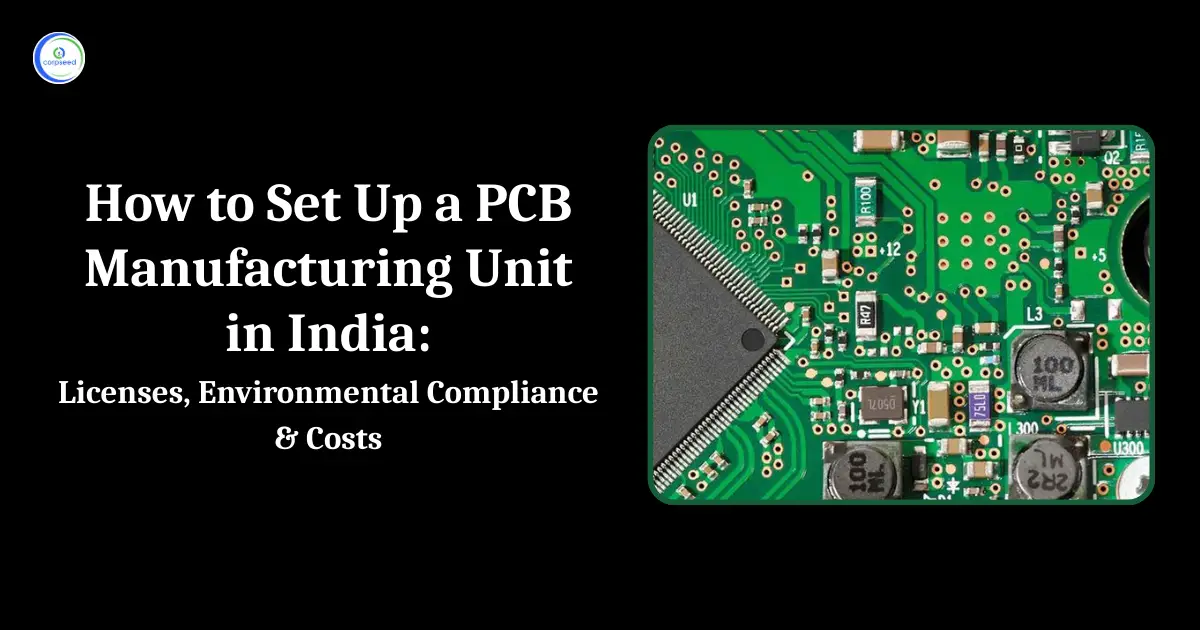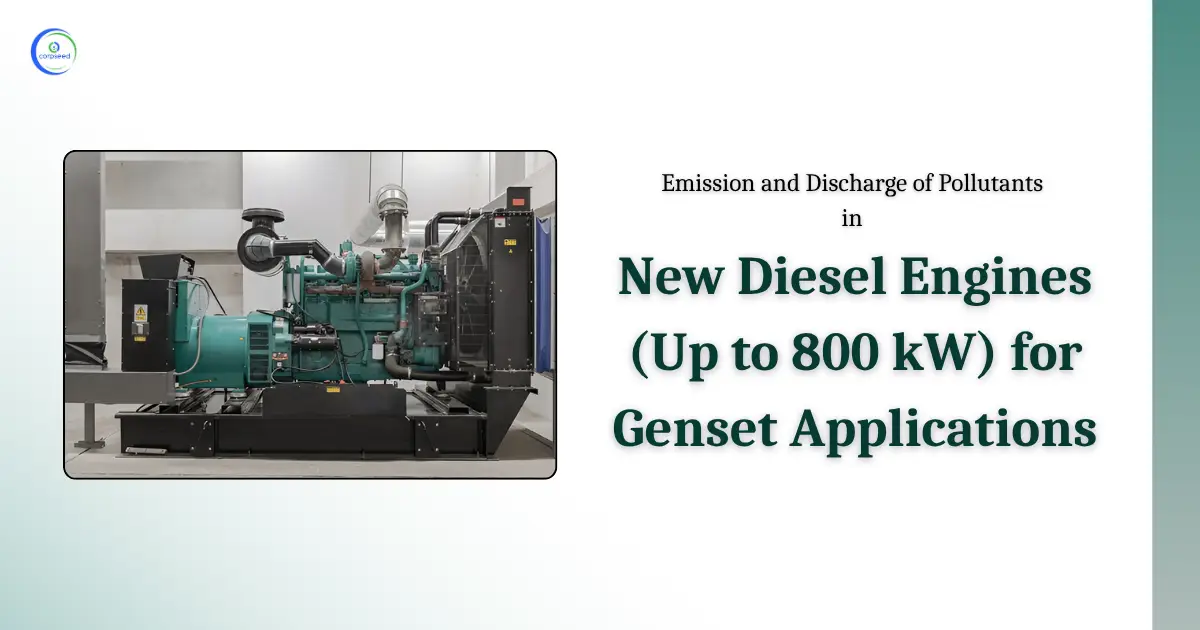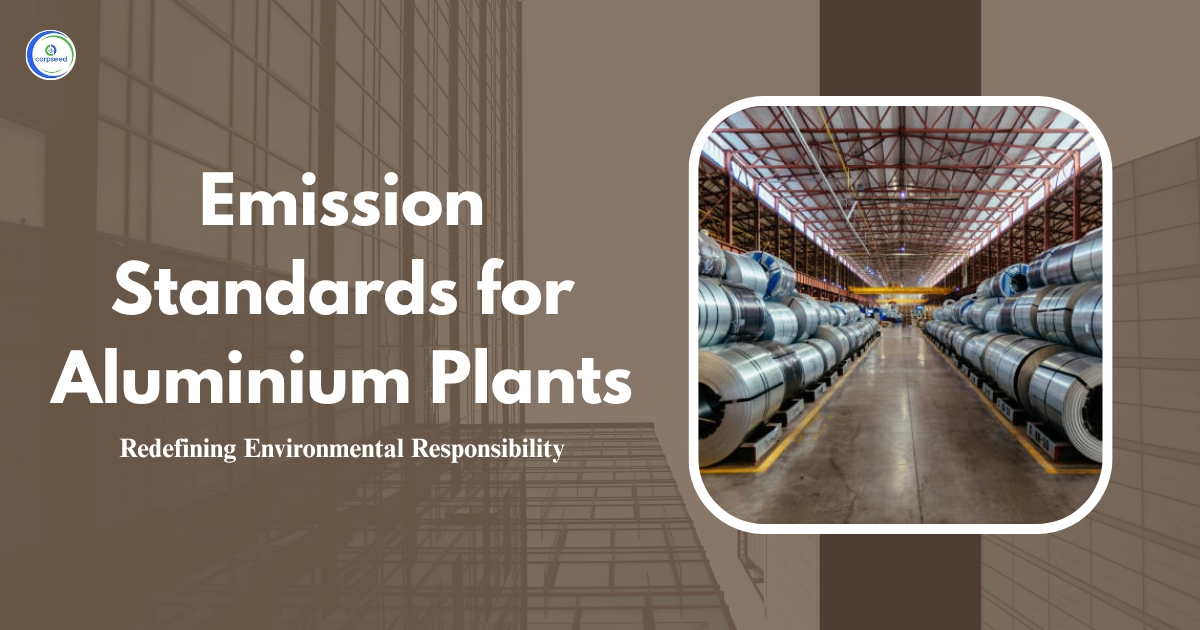Global demand for aluminium continues to grow due to its versatility and wide range of applications in industries such as transportation, manufacturing, packaging, and electronics. The production of aluminium involves complex processes that can have a significant impact on the environment, particularly air pollution. These impacts mainly arise from particulate matter (PM), carbon monoxide (CO) and other hazardous emissions released during various stages of the production process. To address these concerns, regulators such as the Central Pollution Control Board (CPCB) and State Pollution Control Boards (SPCB) have established strict emissions standards for aluminium plants to ensure compliance with environmental norms.
Table of Contents
--------------Blog Contact Form-------------
Understanding Aluminium Plants
Aluminium plants are complex industrial facilities that produce aluminium metal through primary production (from bauxite ore) or secondary production (from scrap aluminium through recycling). Both processes produce emissions, although secondary aluminium plants have a lower environmental impact. These processes convert raw materials into finished aluminium products while contributing to emissions, and recycling offers a more eco-friendly option. Key functions at the aluminium plant include:
- Raw Material Handling: Workers crush bauxite or aluminium scrap into small pieces for further processing.
- Precipitation and Calcination: The plant refines alumina (aluminium oxide) from bauxite and then heats it to form aluminium metal.
- Electro Degradation (Smelting): In this step, the alumina dissolves in a molten electrolyte and passes through a direct stream to extract the aluminium metal.
- Casting: The plant pours molten aluminium into moulds to create different shapes.
- Recycling: In recycling plants, workers melt aluminium waste and mould it into new products, reducing the need for primary aluminium production.
The Environment (Protection) Rules, 1986
The Environment (Protection) Rules, 1986 are a set of guidelines formulated by the Government of India to protect the environment from pollution. These regulations provide a comprehensive framework for controlling and regulating emissions from various industries, including aluminium plants. These regulations require aluminium plants to meet specific emission standards for different pollutants. These standards are necessary to prevent environmental damage and protect human health. Over the years, the authorities have updated the rules to include stricter criteria, as seen in the revision of Rule 2(IV) (a) of the Environment (Protection) First Amendment Rules, 2006. Major pollutants controlled in aluminium plants include particulate matter, carbon monoxide, sulphur dioxide (SO2), fluoride compounds, and other toxic gases.
Also Read: What are the SO2 and NOx Standards for Glass Industry?
Emission Standards for Aluminium Plants
Aluminium plants, especially those involved in primary aluminium production and metal recycling, are subject to strict emissions standards. These regulations aim to control pollutants, including particulate matter, carbon monoxide, sulphur dioxide (SO2), and total fluoride emissions. Here is a breakdown of specific emission standards for different sections of the aluminium plant:
Alumina Plant Emissions
Alumina refining plants emit pollutants, and emissions are monitored in key areas such as raw material handling, crushing, calcination, and precipitation. The plant processes large quantities of bauxite, which workers crush and convert into alumina, ensuring the efficient extraction of aluminium from the raw material.
| S.No. | Area | Pollutant | Emission Limit |
| 1 | Raw Material Handling | Primary and Secondary Crusher Particulate Matter | 150 |
| 2 | Precipitation Area - Calcination | Particulate matter | 250 |
| Carbon Monoxide | 1% max | ||
| Stack Height | H=14 (Q) 0.3 Where Q is emission rate of SO2 in kg/hr and H-Stack height in meters. |
Smelter Plant Emissions
The smelting process, which involves the electrolytic reduction of alumina to aluminium, is another area of concern in terms of emissions. Emissions from the smelter plant mainly come from the green anode shop, anode bake oven, and pot room. These areas contribute to particulate matter and fluoride emissions, which need to be carefully controlled.
| S.No. | Area | Pollutant | Emission Limit |
| 1 | Green Anode Shop | Particulate Matter | 150 |
| 2 | Anode Bake Oven | Particulate Matter | 50 mg/Nm3 |
| Total Fluoride (F) | 0.3 kg/MT of Aluminium | ||
| 3 | Pot room | Particulate matter | 150 |
| Total Fluoride For Soderberg Technology | 2.8 Kg/ton by 31st December 2006 | ||
| For Pre-baked Technology | 0.8 kg/t by 31st December 2006 |
Note: For the Soderberg technique, a higher level of fluoride emission is allowed, but for the pre-baked technique, strict limits have been set. This distinction emphasizes the importance of adopting clean technologies to reduce environmental damage.
Forage Fluoride Standards
Fluoride emissions from aluminium plants must be monitored and controlled. Standards for fluoride emissions are defined as follows:
| S.No. | Measurement Period | Fluoride Limit |
| 1 | Twelve consecutive months average | 40 ppm |
| 2 | Two consecutive months average | 60 ppm |
| 3 | One month average | 80 ppm |
Note: Continuous monitoring of fluoride is critical to ensure the plant stays within this range. Excess fluoride in the air can cause environmental and health problems, including soil contamination and respiratory problems.
Environmental Compliance and Reporting
To ensure compliance with emission standards, aluminium plants must implement robust monitoring systems. These systems should track emissions from key areas of the plant, including calcination zones, smelting sections, and other critical points. Regular monitoring ensures that pollutant levels do not exceed prescribed limits. The plants will have to submit regular environmental reports to the Central Pollution Control Board (CPCB) and State Pollution Control Board (SPCB). These reports should include data on emissions, compliance with standards, and any corrective actions taken in the event of non-compliance. The data is used to evaluate plant performance and make necessary adjustments. If a plant fails to meet emissions standards, fines can be imposed and corrective measures can be adopted immediately. In some cases, plants may need to install advanced pollution control technology to further reduce emissions.
Clean Technologies and Emission Reductions
The aluminium industry is increasingly adopting cleaner technologies to reduce emissions and improve energy efficiency. The use of metal recycling plants is one such approach. Recycling aluminium requires less energy than primary production and significantly reduces emissions. Recycling also reduces the need for raw materials, further conserving resources and reducing environmental impacts. Other advanced technologies include:
- Fluoride Recovery Systems: These systems capture and recycle fluoride, reducing emissions and recovering valuable by-products.
- Energy-Efficient Smelting Technology: By adopting innovative electrolytic processes, the plant can reduce the amount of energy used during the smelting process, which helps reduce CO2 emissions.
- Bag Filters and Wet Scrubbers: These technologies are used to control particulate emissions in various parts of the plant, such as anode bake ovens and pot rooms.
Conclusion
Aluminium plants play an important role in meeting the global demand for this versatile metal, but their production processes also pose significant environmental challenges. Emission standards, such as those outlined by the CPCB and SPCB, are necessary to minimize the environmental footprint of aluminium production. By following these standards and adopting cleaner technologies, aluminium plants can contribute to a more sustainable future. The adoption of technologies such as electrostatic precipitators, fluoride scrubbers, and carbon capture systems, as well as stricter environmental reporting, will continue to drive improvements in this area. As aluminium production becomes more energy-efficient and less polluting, the industry will help reduce its impact on both the environment and public health. With ongoing advances in cleaner technologies and tighter emission controls, aluminium plants can ensure that they continue to comply with environmental protection regulations while meeting the growing global demand for aluminium.
This portion of the site is for informational purposes only. The content is not legal advice. The statements and opinions are the expression of author, not corpseed, and have not been evaluated by corpseed for accuracy, completeness, or changes in the law.
BOOK A FREE CONSULTATION
Get help from an experienced legal adviser. Schedule your consultation at a time that works for you and it's absolutely FREE.







_Corpseed.webp)
.webp)
